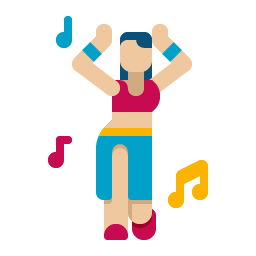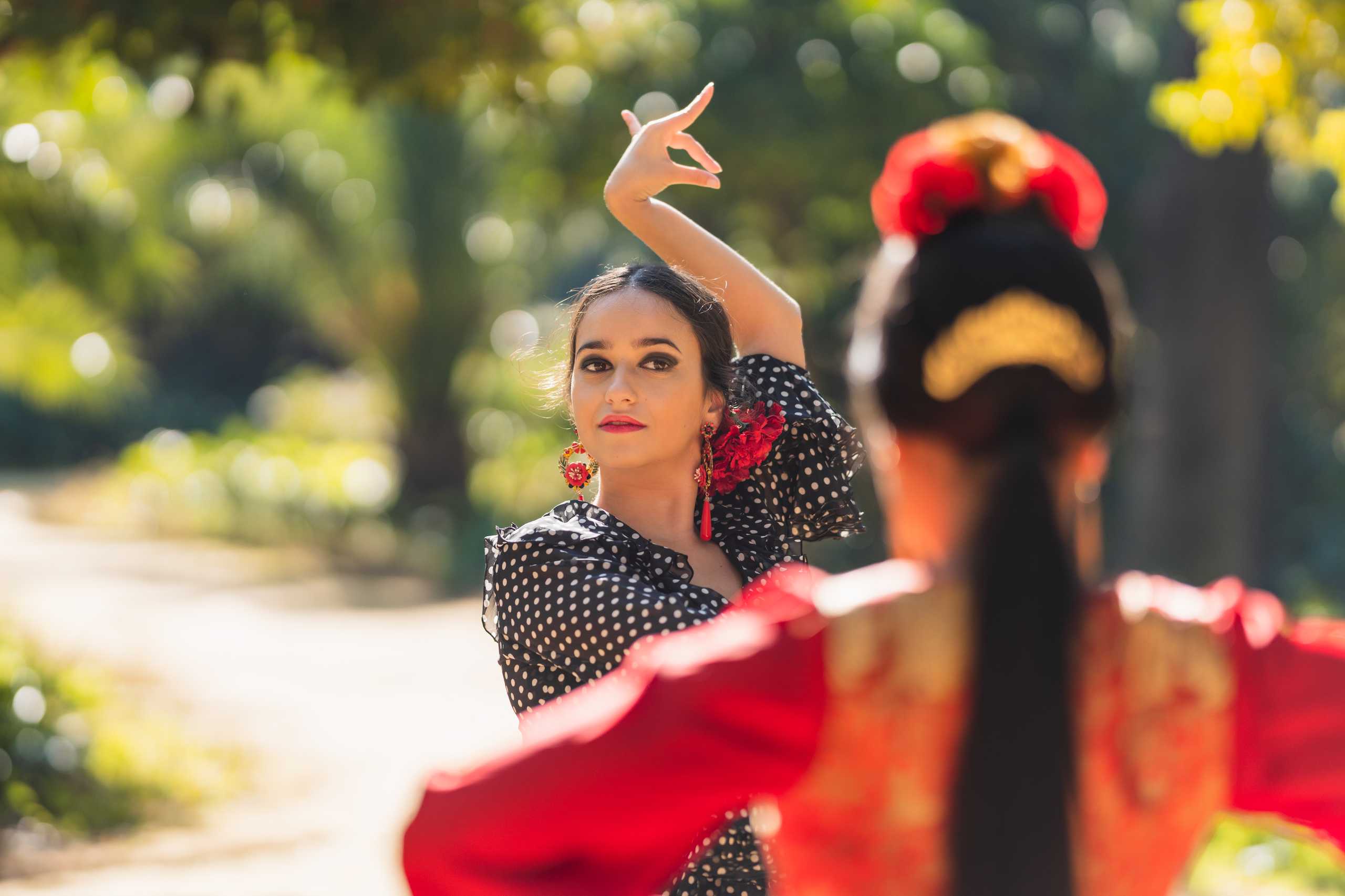Starting Your Journey in Oriental Dance — What No One Tells You
The first time you walk into a dance class — especially one as emotionally expressive and culturally rich as Oriental dance — you carry more than a bag and a water bottle.
You bring expectations. Doubts. Maybe even fear.
“Will I look silly?”
“What if I’m not flexible enough?”
“Is this really for me?”
These thoughts are more common than you think. And the truth is: every dancer, no matter how graceful she seems now, started exactly where you are.
You Don’t Need to Be a Dancer to Start Dancing
Many people postpone trying Oriental dance because they think they need to look or move a certain way before they even begin.
But the beauty of this dance is that it meets you exactly where you are — today, in the body you have now.
You don’t need prior experience.
You don’t need to be flexible, thin, young, coordinated, or confident.
You need only one thing: a willingness to explore. The rest will come — slowly, naturally, and joyfully.
The Body Remembers, Even When the Mind Forgets
Something incredible happens in your first few weeks of dancing. Movements that once seemed strange begin to feel familiar.
Your body, which may have felt stiff or disconnected, starts to respond. Hips begin to draw soft circles. Your spine sways. Your arms float.
This isn’t magic — it’s memory.
The memory of the body.
The part of you that has always known how to move, how to sway, how to feel.
And with each class, you become less of a watcher and more of a dancer.
Awkwardness Is a Stage, Not a Verdict
Every new dancer feels awkward at some point. It’s natural. You may feel too slow, too fast, too visible, too unsure.
But awkwardness isn’t a sign you’re failing — it’s a sign you’re learning.
You’re trying something new, and that takes courage.
Over time, what once felt unnatural will start to feel like second nature. And the moment you let go of trying to look “right” — that’s when you’ll start to feel real.
Oriental dance isn’t about perfect angles. It’s about presence. It’s about showing up.
The Dance is Slower Than You Think — and That’s the Gift
In the beginning, many expect Oriental dance to be fast, flashy, and dramatic. But the heart of this tradition beats at a slower pace.
The movements are subtle. The work is deep. And it’s in that slowness where the real transformation lives.
You’ll begin to notice:
- how your breath moves your chest before your arms ever do
- how your hips respond to rhythm without effort
- how your weight shifts bring emotion to a single step
This is not just dance. It’s a language your body is learning — and remembering.
What You Gain Beyond the Steps
By the time you’ve taken just a few classes, you’ll start to feel changes that have nothing to do with how well you perform.
You’ll feel more grounded.
More centered.
More at home in your skin.
You’ll begin to walk differently — not because your posture has improved (though it has), but because your relationship with your body has shifted. You start to trust it. To listen. To let it lead.
And maybe for the first time in years, you’ll feel joy moving through you, not because someone taught you to dance — but because you finally allowed yourself to.
Final Words: Begin Before You’re Ready
You may never feel “ready” to begin. Most people don’t.
But if there’s a quiet pull in your chest — a curiosity, a longing — trust it.
Because the most beautiful thing about Oriental dance is that it will never ask you to be someone else. It only asks you to show up.
As you are. In your own rhythm. With your own story.
Start. Even if your steps are small.
Start. Even if your heart is racing.
Start. Because that’s how every dancer you admire once began — not perfectly, but bravely.

